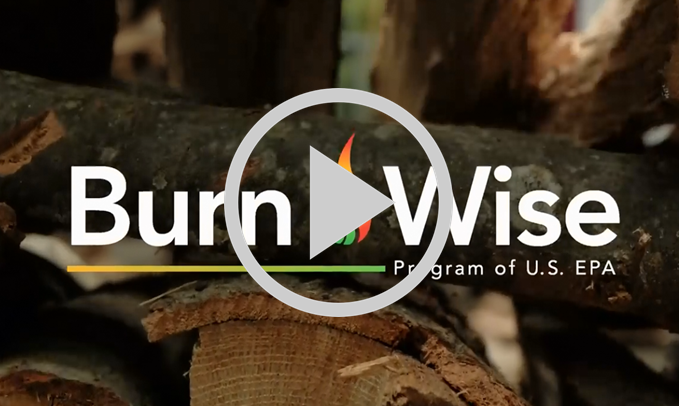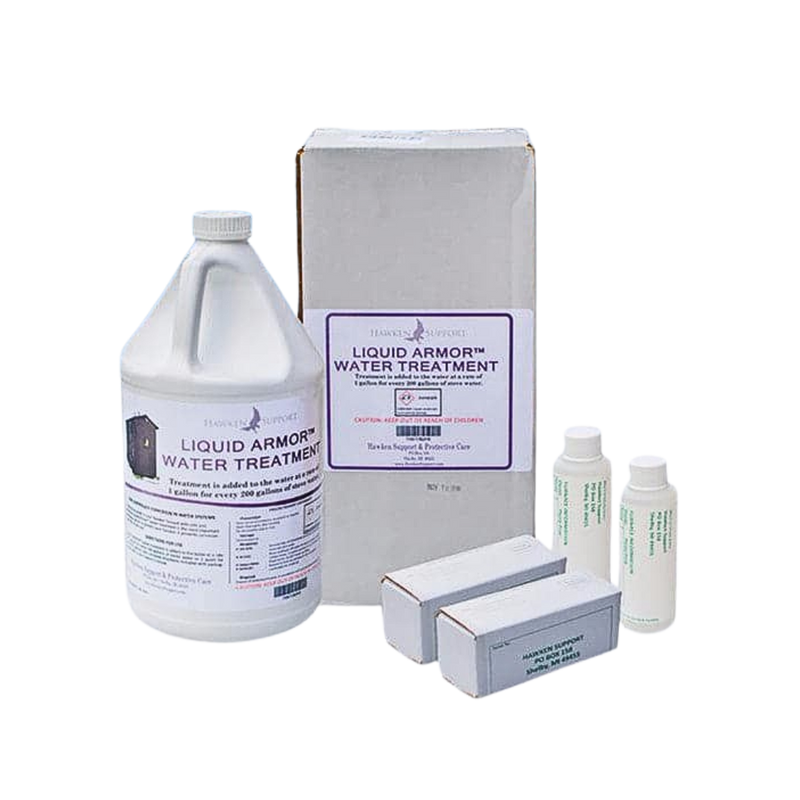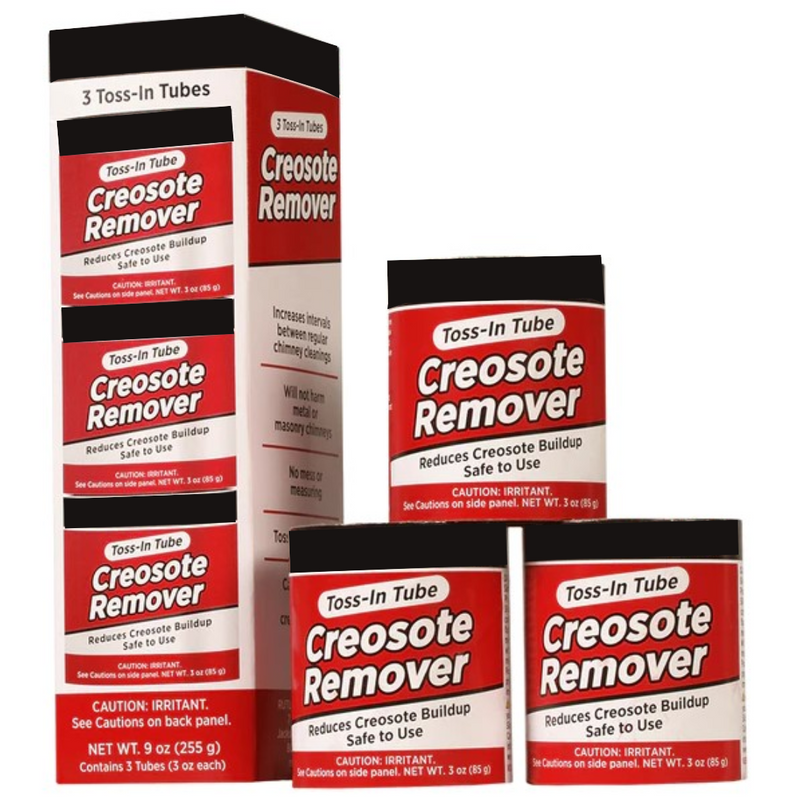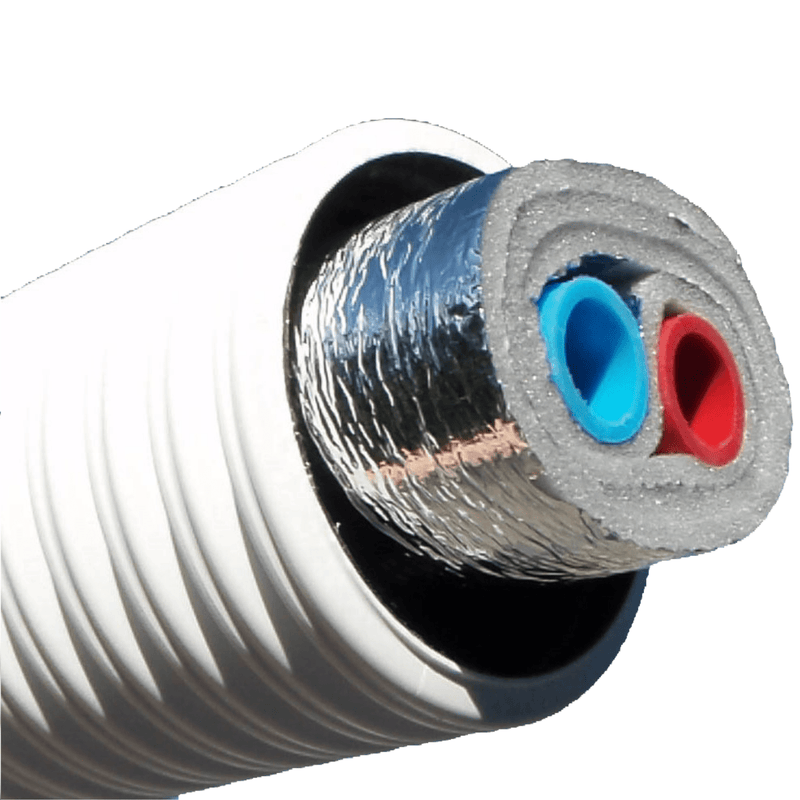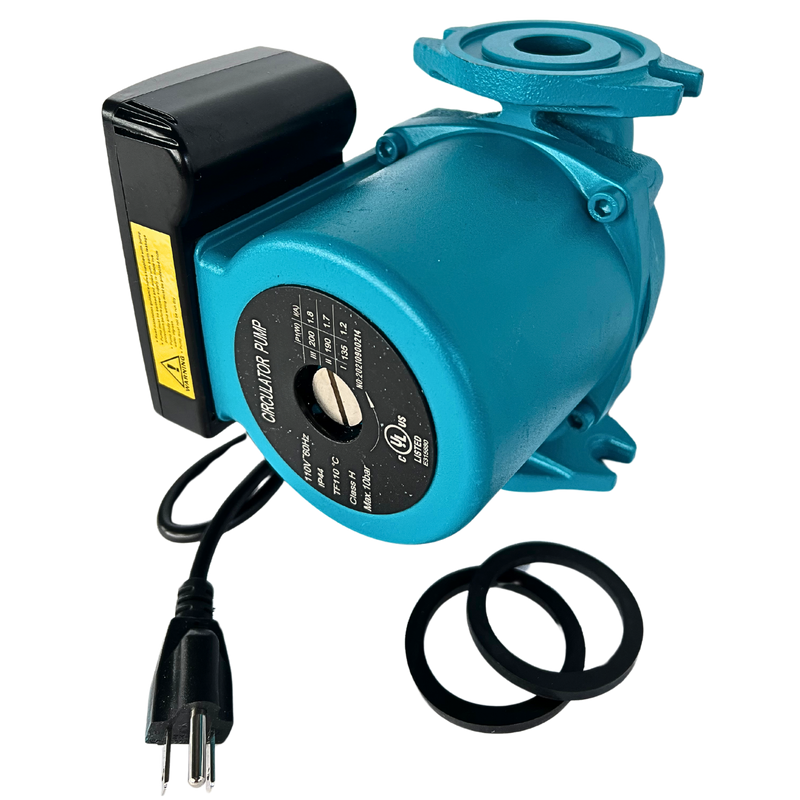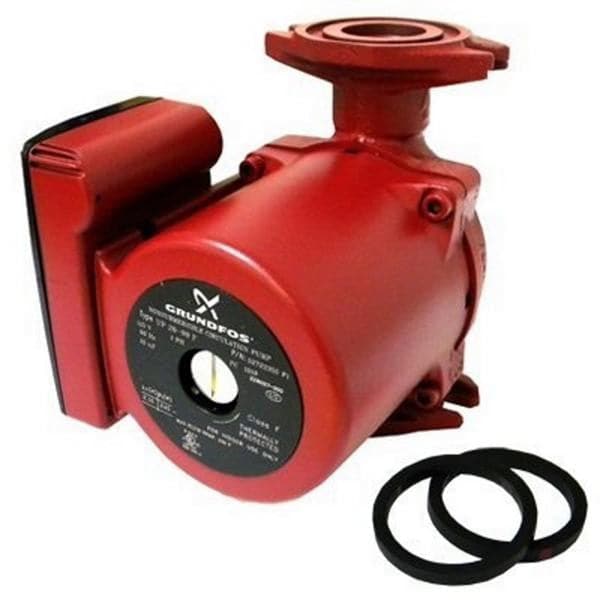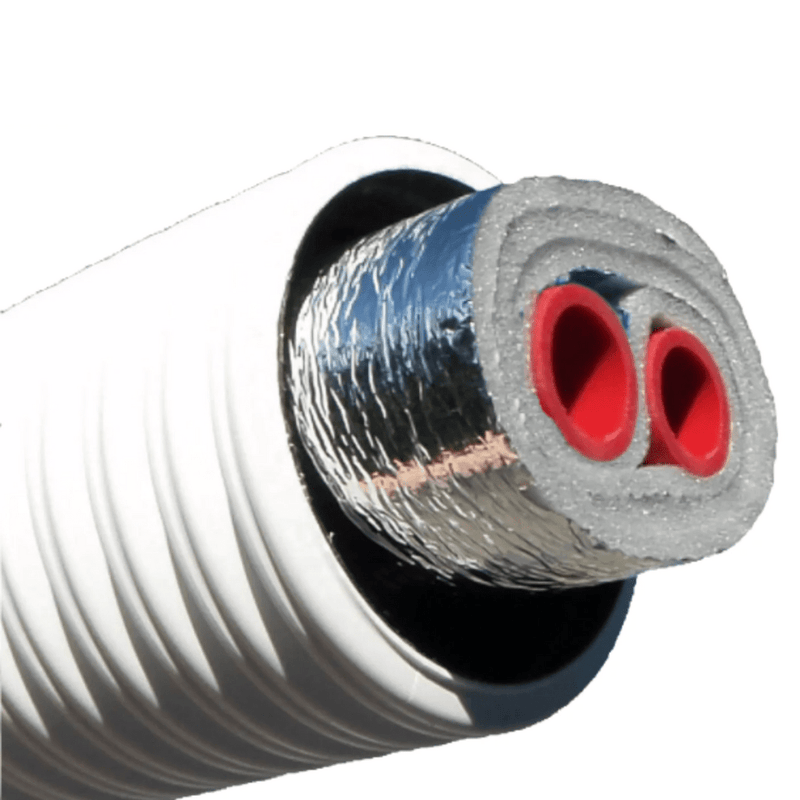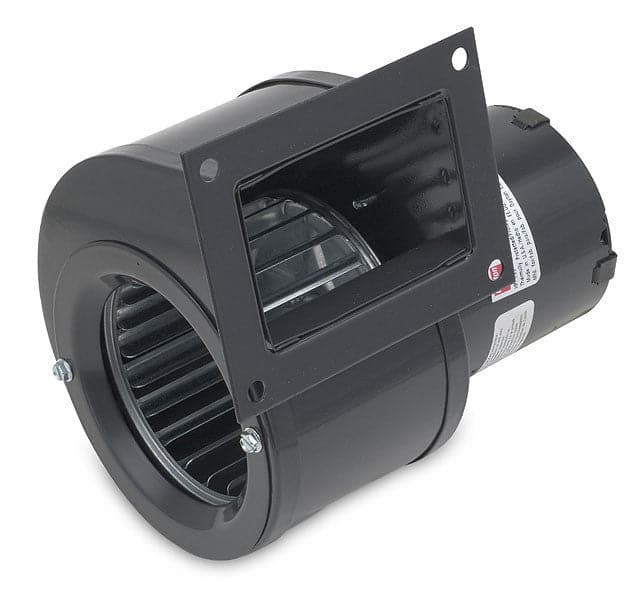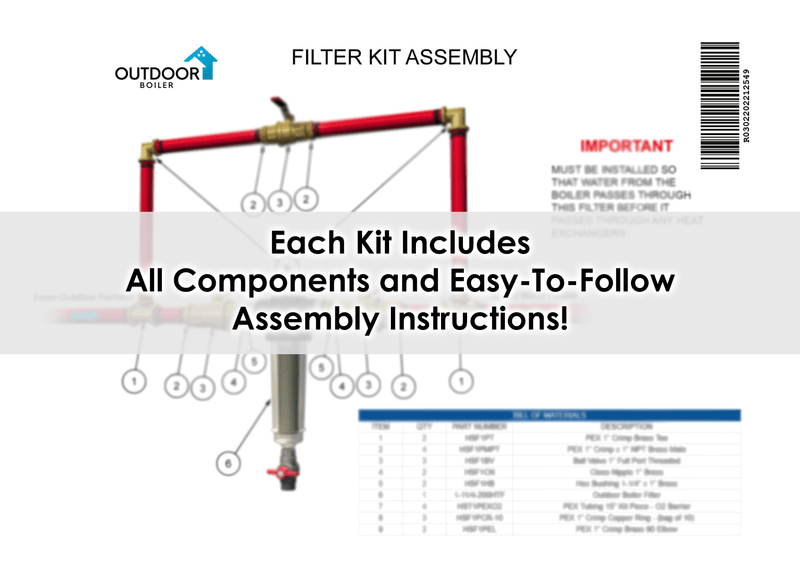Outdoor Furnace: Preparing Your Wood For Winter

3 Things To Remember When Preparing Your Wood For Winter
Will You Be Ready?
Freshly cut green wood contains up to 50% moisture. That means that 50% of the weight of the wood is water.

When you try to burn green wood, you must first use up your precious BTUs from your fire to boil off the water in green wood. Those are BTUs that could have gone into your home but instead are wasted.
Properly seasoned wood contains only 20% moisture.
So the 3 Most Important Steps are as follows:
1. Split
2. Stack
3. Cover
Split

Obviously, splitting your wood opens it up to allow it to dry much faster. A round log will never properly dry - it will start to rot before it has had enough time to dry.
Stack
Stacking wood allows it to air-dry faster, particularly if you only stack the wood in narrow piles so the air can flow freely. Many people stack their wood on pallets to keep the bottom layer from rotting.
Cover

Cover your woodpile on the top from rain. Do not allow your cover to hang far over the edges of the pile as this prevents airflow.
How Long?
The amount of time for proper seasoning depends upon many factors, but if you have a GASIFIER outdoor wood boiler, you should have already cut, split, and stacked your wood for this next winter. It will take at least 6 months for green hardwood to properly dry in order to burn properly in your GX Series or other gasification outdoor wood furnaces. You actually should prepare your wood this summer for next Winter.
All other traditional outdoor wood stoves will sometimes operate a little better with some higher moisture content wood. This is because they are not high-efficiency furnaces and a load of really dry wood will burn up like a pile of match sticks, and too much of that heat will exit the chimney before it has a chance to transfer through your furnace walls into your water jacket.
Do NOT burn all green wood, but also don't just burn 'matchstick dry' firewood in your outdoor wood burning boiler either.
So for these traditional outdoor wood burners, it is ok to use wood that is less seasoned. We have some customers who mix some green wood in with their dry wood and they report that this works very well.
Video - EPA Blunders Again
While we may disagree on the EPA's blundering policy, they created this somewhat useful video on the topic. It is less than 2 minutes in length and worth watching. (Ignore the comments about the health risks of wood smoke - as if there are ANY types of smoke that are actually good for your health!)
Click BELOW to see the video.
And if I were you, I would NEVER put a woodpile that closes to a building!
But the EPA did get one thing right - Split, Stack, and Cover!
Visit our online store OutdoorBoiler.com for more outdoor wood boiler parts!
Operating Furnace FAQs:
- Am I burning too much wood?
You may be. Is the wood properly seasoned? Have you cleared the firebox? High wood consumption can be caused by a number of factors.
- Can I leave my Outdoor Wood Burner over the weekend?
You may have someone "feed" your furnace for you or you may lower the thermostat temperature.
- What are the critical items to operate and maintain my furnace efficiently?
1. Keep water full
2. Manage ash
3. Use water treatment
4. Use seasoned wood
5. Keep fire in the middle of the firebox
6. Clean tubes regularly
Maintenance FAQs
- Why is outdoor boiler water treatment important?
The boiler chemical (corrosion inhibitor) that you would apply to your furnace water coats the inside of the furnace to reduce the effects of corrosion on the metal.
Click HERE to order our Liquid Armor Water Treatment and other outdoor wood furnace parts. Every gallon of Liquid Armor comes with FREE 2 sample bottles. Then submit your water sample to Outdoor Boiler Lab and get Free Water Test!
- How often do I need to Inspect my Chimney/Flue
Inspect chimney and flue monthly and clean as needed. Clean chimney and flue annually. Perform cleaning and maintenance only when no fire is present in the firebox and ashes are cooled completely.
- Why is ash management important?
If the ash becomes wet it is corrosive to the metal of the furnace. If the level of ash is too thick in the water box it does not allow for efficient heat transfer to the water in the water jacket of the furnace. The temperature of the water in the jacket is used to heat your house.













